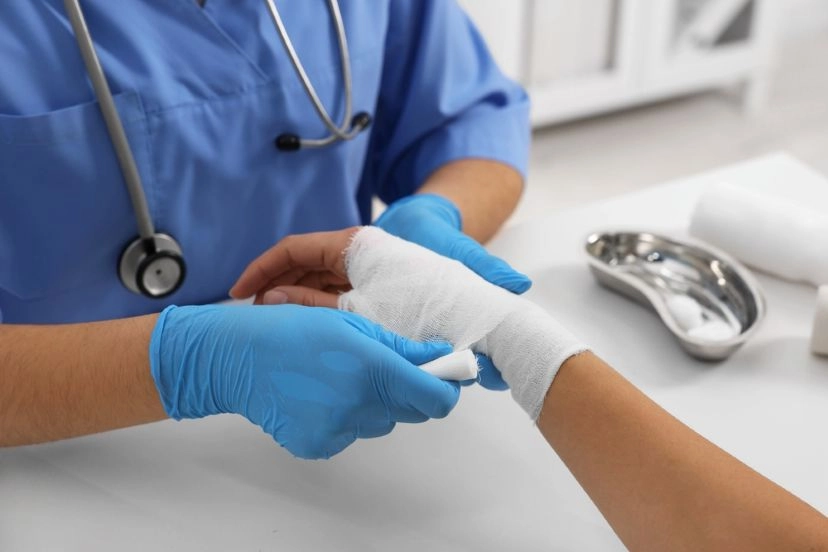Office Syndrome

If you are one of office workers who sit at the desk for long hours without moving your body, even lazy to go to the toilet as it wastes your time, you are having office syndrome and if you let it persist without proper treatment; it will become chronic pain.
Office Syndrome Risk Factors
Factors contributing office syndrome are separated into 4 points which involve long duration sitting, awkward posture, and repetition or muscle strain from right-click. People who do hard physical work and need to carry more than hundreds of bag also have a risk. All pain resulting from these activities is able to produce office syndrome.
Is it only normal pain?
If you are not sure whether it is office syndrome or not, observe these three pain level
Level 1: if you feel some pain during work, but when return to your home, take a rest, the condition is better. The pain does not interfere with your work. After a full rest at night, you can wake up and go to work as usual. Pain is intermittent and will occur when you get stressed such as at the end of the month and almost the end of the year.
Level 2: the pain will happen as you start your day at work; it does not recover though you have some rest. The pain may involve some swelling, weakness, numbness which will interfere your sleep and your work performance will diminish. The symptom will remain for many months which can be improved by physical therapy
Level 3: the pain occurs even when you do not work hard, the pain does not disappear for interfere with your bedtime. The symptoms remain for months or years which an urgent medical treatment is suggested.
The right treatment
When you feel some pain and run to have a massage. This is not considered a wrong way to relieve the pain but it does not seem to get at the real causes of the problem. Massage basically just help ease sore muscles and improve blood flow. Therefore, it is better to visit specialists or physical therapist for investigations and assessment. They can assist and find the root cause whether it comes from muscle, bones and tendon, and this assessment will help the doctor plan to suitable treatment for each person.
In addition to necessary therapy, you also need to adjust your lifestyle, take care of yourself by creating a friendly working environment, take a break and go to walk, stretch your body. All of these simple tips can enable you to work more efficiently.


